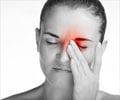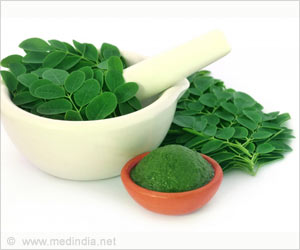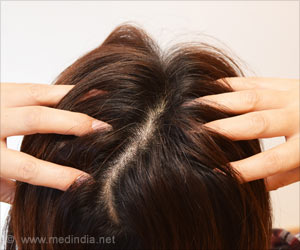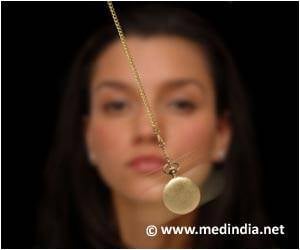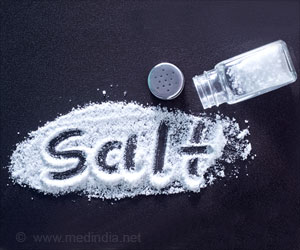Sphenopalatine ganglion block can be performed easily, without complications, and gives quick pain relief and can improve the quality of life.
Highlights
- Sphenopalatine ganglion (SPG) block is a minimally invasive treatment for migraine headaches used for adults.
- The treatment is now found to be effective for children and teenagers.
- SPG is a nerve bundle located at the back of the nose and associated with migraines.Disabling the SPG can disrupt and reset the headache circuit, breaking a cycle of severe migraines.
- Sphenopalatine ganglion (SPG) block--does not involve needles touching the patient. Instead, a small flexible catheter is inserted into each nostril and local anesthetic is administered to the SPG, a nerve bundle thought to be associated with migraines, located at the back of the nose.
- Briefly disabling the SPG can disrupt and reset the headache circuit, breaking a cycle of severe migraines and reducing the need for medication.
- The minimally invasive SPG block takes almost immediate effect with relief potentially lasting for months but SPG blocks are not a frontline treatment.
- A child only qualifies for the therapy if he/she has been diagnosed with a severe migraine that has not responded to first-line treatments.
- Migraine is more prevalent than diabetes, epilepsy and asthma combined.
- Migraine is the third most common disease in the world. One in 7 people are affected with migraine.
- Migraine headaches can cause throbbing in one particular area that can vary in intensity. Nausea and sensitivity to light and sound are also common symptoms.
- More than three quarters of migraineurs experience at least one attack each month and more than half experience severe impairment during attacks.
- Robin Kaye et al., Innovative treatment offers relief to children with frequent migraine headaches, SIR 2017 Annual Scientific Meeting (2017).
Study Details
Kaye and her team conducted 310 treatments in 200 patients ages 7 to 18 at Phoenix Children’s Hospital. Patients’ pain levels before the intervention were recorded on a scale of 1-10.
Ten minutes after the treatment, patients were asked to compare their pain level, using the same scale. The researchers saw a statistically significant decrease in the headache scores, with average pain score reduction of just more than 2 points on the 10-point scale.
"While it isn’t a cure for migraines, this treatment has the potential to really improve the quality of life for many children," said Kaye. "It can be performed easily, without complications, and gives quick pain relief, which is important to parents who want to see their children happy, healthy and pain free again. If needed, we can also repeat the treatment if or when the migraine returns."
Migraine Facts
Source-Medindia






